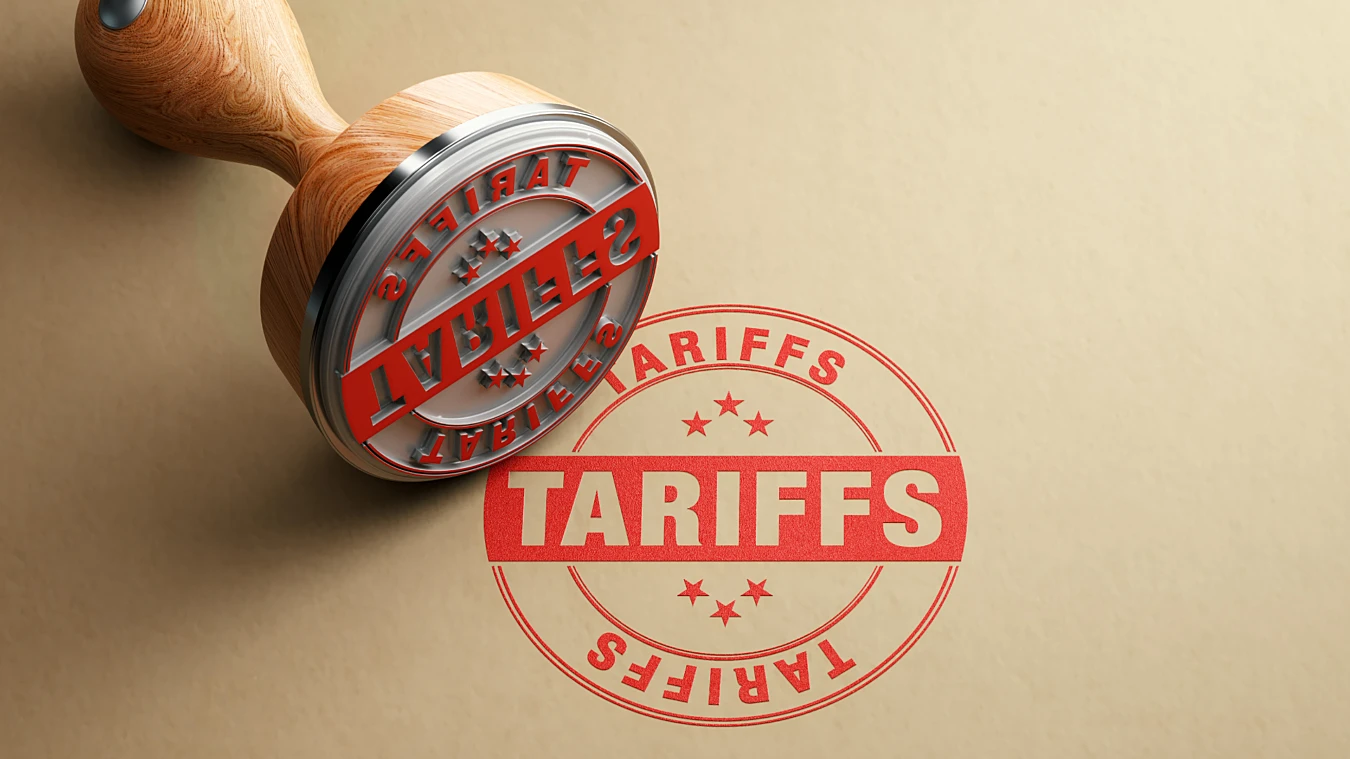Recently announced changes to US import regulations – in particular, the elimination of the de minimis import tax exemption for products originating from China – are set to have a significant impact on the US fashion market. The new legislation presents a number of challenges that will require brands to adapt quickly in an attempt to avoid disruption to their US destined operations. From mitigating cost increases and shipping delays to communicating changes effectively to consumers, taking proactive steps can help brands avoid or minimize impact.

Responding correctly to the challenge of the de minimis rule change
The discontinuation of the de minimis exemption is likely to have the greatest impact on fashion brands with direct-to-consumer (D2C) e-commerce business models that source products in China. Indeed, until now, the ability to import shipments of up to $800 (per person per day) without any duty to be paid, has been instrumental in allowing foreign brands to penetrate the US markets by utilising a drop-shipping fulfilment strategy. The removal of this exemption will therefore result in significant consequences for the operating costs of these brands. Their margins and therefore their bottom lines will be coming under pressure and so will the customer satisfaction ratings when costs are passed on to the consumers in an attempt to make up for the losses. That’s why it’s important to assess your company’s exposure to these regulatory risks and take decisive and timely action.
Risk #1: Increased shipping costs erode profit margins
As new US trade regulations drive up the cost of importing goods from China, fashion brands risk seeing their profit margins shrink considerably. Brands need to make sure to determine how to adapt their supply chains to minimise tariff-related cost increases in such a way that additional costs can be avoided or compensated, without simply passing them on to the customers. Failing to do so will affect their competitiveness.
Reshoring and nearshoring
One way to mitigate rising importing costs is to bring production closer to home. This strategy, known as ‘reshoring’, involves relocating manufacturing to the region where goods are sold, allowing brands to avoid import duties. While full reshoring is not feasible for many brands, a hybrid approach – known as ‘split-shoring’ – balances offshore production with domestic or nearshore manufacturing. This provides greater flexibility and reduces the exposure to tariffs.
These strategies have gained significant traction in recent years due to post-pandemic concerns about potential supply chain disruptions and the recent tariff increases and the looming trade war(s) appear to be accelerating this trend. Adidas, for example, has announced plans to localise production for regional markets. In July 2024, the company’s CEO highlighted how this shift would increase speed, agility and resilience in the face of new U.S. import regulations.
Another major brand exploring nearshoring is H&M, which has decided to move its sourcing closer to the US.According to a recent survey by consulting firm Bain, 81% of CEO’s and COO’s are looking for ways to bring their supply chains closer to home – with over 65% already actively investing in nearshoring or split-shoring to mitigate risks. This clearly confirms the size of the threat which both the rising cost of supply chains and import taxes pose to companies.
Diversifying offshore sourcing
For brands that rely on overseas production, diversifying on their sourcing locations is another method of reducing reliance on Chinese manufacturing. Global footwear brand Steve Madden, for example, used to source around 70% of its US inventory from China. However, as a result of the new regulations, it aims to reduce this figure by 40% to 45% in 2025.
Meanwhile, Ralph Lauren has been ahead of the curve in terms of sourcing diversification, having steadily expanded its supply chain network over several years. Today, the company manufactures on five continents – including in Vietnam, India, Italy and Cambodia – and has reduced its reliance on China to a single-digit percentage of total production. This diverse and agile network leaves the brand better-placed to navigate the latest trade tariffs.
Risk #2: Fulfilment delays due to administrative hurdles
In addition to the new 10% tariff on shipments from China, a more complex customs clearance process has been introduced for de minimis shipments. Previously, shipments under the $800 threshold were subject to a efficient and fast separate customs clearance procedure. The new situation however, means that imports must now undergo a more formal, more elaborate and time-consuming process. This also increases the risk of delays, potentially leading to bottlenecks and backlogs that impact a brands timelines and potentially even the customer experience.
Ensuring that all goods are correctly classified and documented will therefore be even more essential. The import process, including a swift and accurate duties payment, will be crucial in avoiding delays and therefore impact on a brands sourcing and fulfilment success. .
Fashion brands can work with external customs consultants or third-party logistics (3PL) providers with experience in managing complex compliance situations, to assure their import process is as agile, efficient as professional as needed.
These same experts can further assist your company by sharing expertise and knowledge throughout your organisation, to make sure all are well informed and well prepared. Previously it has been thoroughly proven that training your procurement, logistics and finance teams on the latest customs regulations can help to reduce the likelihood of costly delays, mistakes or misconceptions.
Automating or digitising your customs processes will be additionally beneficial to your customs compliance and assist reducing the possibilities for delays due to human error. By using an automated duty management system, brands can simplify documentation management and accurately calculate the correct duty tariffs for shipments and by doing so also reduce their overall administrative burden. Normally your partner will have these tools readily available for your partnership.
Risk #3: Reduced brand loyalty due to price increases
With the removal of the de minimis exemption, many fashion brands will turn to price increases to offset higher import costs. However, this could lead price-sensitive shoppers to turn to your competition. It is therefore very important to deal with price changes in a customer centric manner
Transparency will be key. Customer can easily loose trust in a brand, when faced with increasing prices or delivery issues, without prior notice,
Clear and consistent communication – whether through email updates, website notices or social media – are needed to manage expectations and proactively boost customer confidence.
In a further attempt to mitigate the impact of price increases, brands should also look to offer perks such as free shipping on larger orders or exclusive discounts for loyalty programme members to give a certain sense of added value coming from the increased prices. By being upfront about pricing changes and finding creative ways to add value, brands can overcome cost challenges without alienating their customer base.
Next steps in enhancing a brand’s customs compliance
From increased costs to shipping delays, the risks posed to brands by the removal of the de minimis exemption are very real. Staying successful in this new (regulatory)landscape requires a tailored action plan. Working with an experienced fashion logistics provider can help you to optimise your strategic response to make sure you can mitigate the impact of the tariff increases and the cancelled De Minimis process on your brand.
Sourcing from different countries, setting up fulfilment operations in the US, switching to more cost-effective shipping methods or implementing an automated duty management system. No matter the ways that you respond to the changes, you need to make sure that you protect your brand’s customer experience in the years to come. Investing in expertise and technology will help brands navigate these changes smoothly, keep fulfilment timelines on track and maintain brand loyalty.
Want to find out more about how brands can respond to tariff changes in the US? Read more here or get in contact for a free consultation with a Bleckmann expert.

















